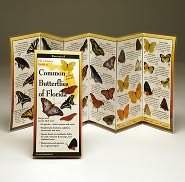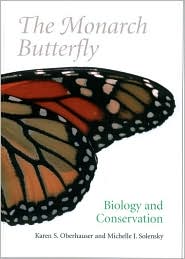 |
| Monarch laying eggs on Sept. 30th |
 |
| She laid 4 eggs on this milkweed |
 |
| Custom's House Museum |
Yesterday, I left my home in NW Ohio and traveled to Key West, Florida. The last Monarch from Waystation No. 613 in NW Ohio was released and no caterpillars were seen for several weeks. I raised and released 39 Monarchs from eggs collected off my milkweed plants. I saw -0- eggs being laid or caterpillars for weeks in NW Ohio, until I visited the Custom House Museum off of Malory Square in Key West, Fl.
The flower garden in front had a half dozen milkweed plants and, to my surprise, a female Monarch was visiting them. I counted 3 eggs on one plant and had no idea Monarchs were still laying eggs on the last day of September, even the southernmost ones. The location of this Monarch and her eggs is about a one minute walk from the southernmost tip of the U.S. in Key West, Fl.
The weather was sunny and in the low 80's. The Monarch looked a bit "worn", so at first I thought she may have been a migrant from up North, until I witnessed her laying eggs underneath the milkweed leaves. I couldn't fathom a northern migrant doing this! The half dozen milkweed plants planted in the flower garden in the front of the Key West Custom's House Museum had a variety of flowers, so someone must have planted the milkweed on purpose, knowing their value to Monarch butterflies. The milkweeds
were well taken care of. Hats off to whoever you are...you made my vacation, just witnessing a Monarch egg-laying the last day of September, an event never seen in NW Ohio!
 |
| Learn more- Florida Butterflies |
 |
| Dr. Oberhauser's research |
 |
| Learn more |
I was fascinated with this research, mostly hypothetical, I might add...and that's what makes it so intriguing. I've also seen Monarch butterflies in the southern Bahamian out islands, like Exuma, during the fall months. Could they have been east coast migrants? Or, are they residents of these Bahamian outer islands all year long? I have photos and a post about Monarch butterflies on Exuma Island, Bahamas.
Robert Morton, M.Ed., Ed.S believes urban sprawl can be offset by creating wildlife-friendly spaces in America's 25,000,000 lawns, one yard at a time! Click HERE to learn why. A portion of Ad sale revenues will be donated to Monarch Watch. Do you have a wildlife-friendly space? Please share it by contacting us!
